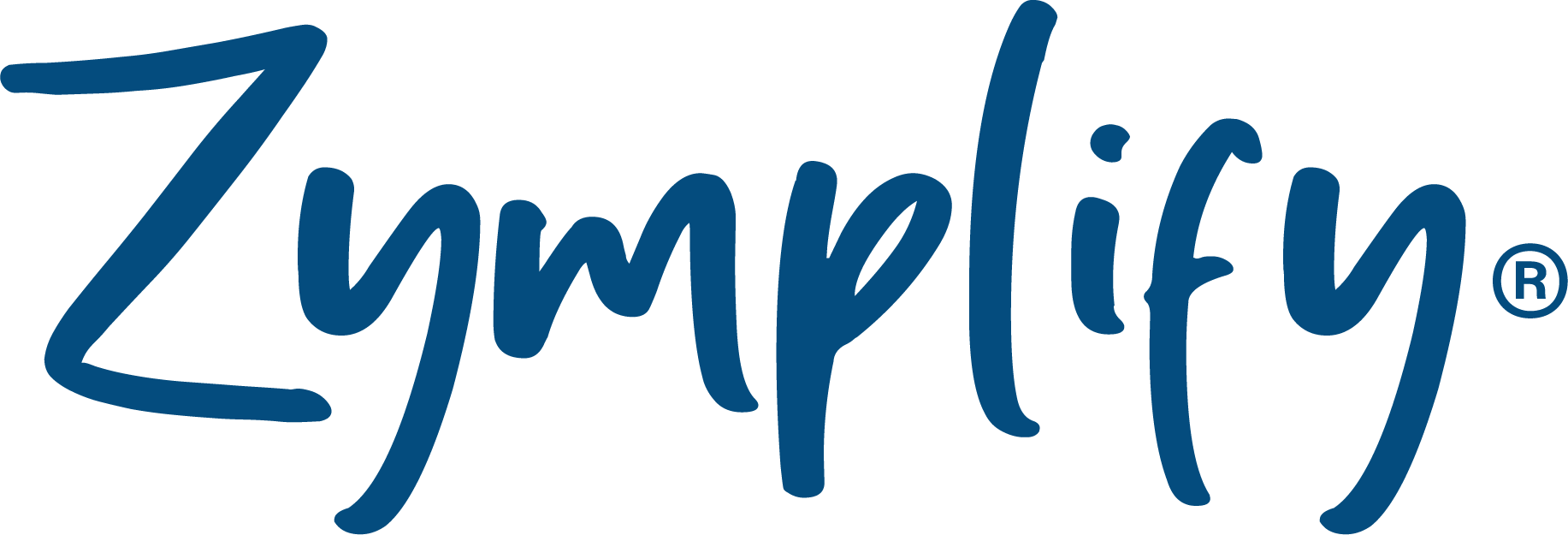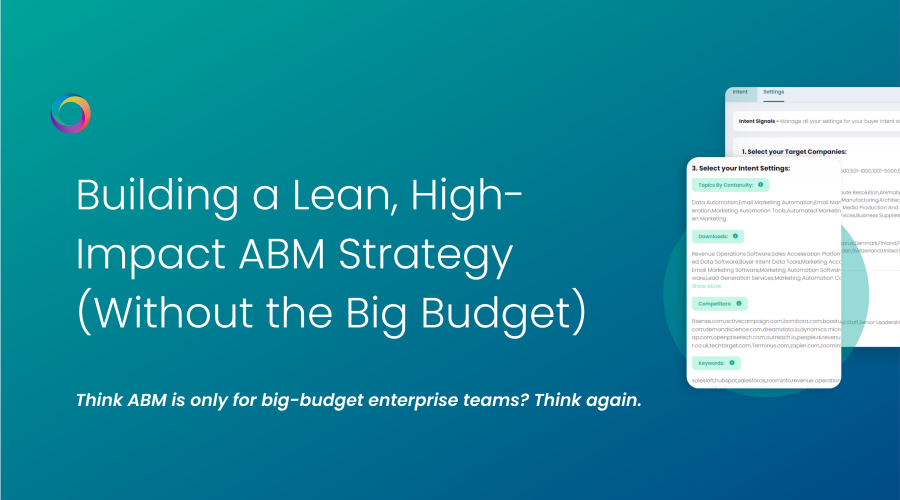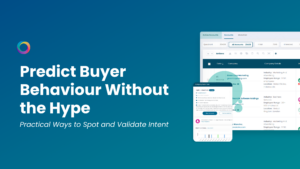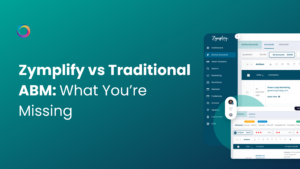Think ABM is only for big-budget enterprise teams? Think again.
Account-Based Marketing (ABM) doesn’t have to come with a six-figure price tag or a tech stack that takes six months to implement. In fact, some of the leanest marketing teams are now running highly effective ABM campaigns with minimal tools and maximum efficiency.
Here’s how you can do the same.
1. The ABM Myth: You Don’t Need a 6-Figure Stack
Let’s bust the myth straight away: ABM success doesn’t hinge on expensive tools.
At its core, ABM is about targeting high-value accounts with relevant, personalised marketing and aligning sales and marketing to move them through the funnel. You can achieve that with tools you likely already use — like LinkedIn Sales Navigator, a CRM, email sequencing software, and a traffic intelligence platform.
Add intent data into the mix, and you can identify which of your ICP-fit accounts are actually in-market. That’s the real game-changer.
Start simple. Focus on fit + intent. Then scale.
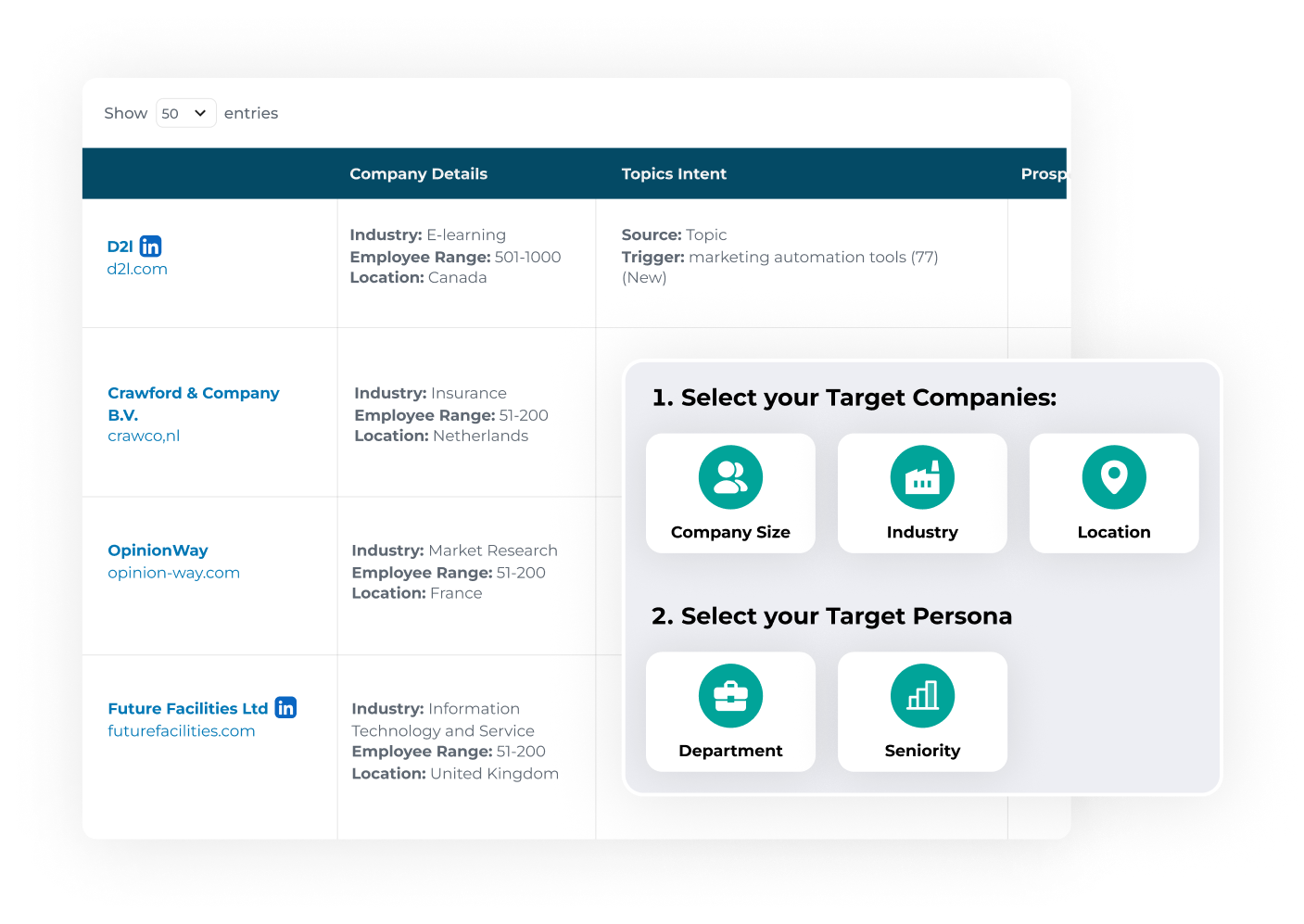
2. Define a Practical ICP — Fast
Before you do anything else, nail your Ideal Customer Profile (ICP).
Look at your best existing customers:
- Who spends the most?
- Who renews consistently?
- Who converted quickly?
Analyse common patterns in:
- Industry
- Company size
- Tech stack
- Use case or pain point
Top tip: Use churn and win/loss data to understand what a bad fit looks like, too. It’s just as valuable.
Then, layer in real-time intent signals. When you combine historical customer insights with who’s actively researching solutions like yours, you get a laser-focused ICP that drives results.
3. Build a Target Account List That Converts
Once you’ve defined your ICP, it’s time to build your list.
Don’t just rely on a wish list of dream accounts. That’s where a lot of ABM goes wrong. Instead, use data:
- Firmographic match (do they fit your ICP?)
- Engagement signals (have they visited your website, engaged with content, attended webinars?)
- Intent data (are they actively researching your product category or related topics?)
A focused, data-backed list will perform much better than broad-based targeting.
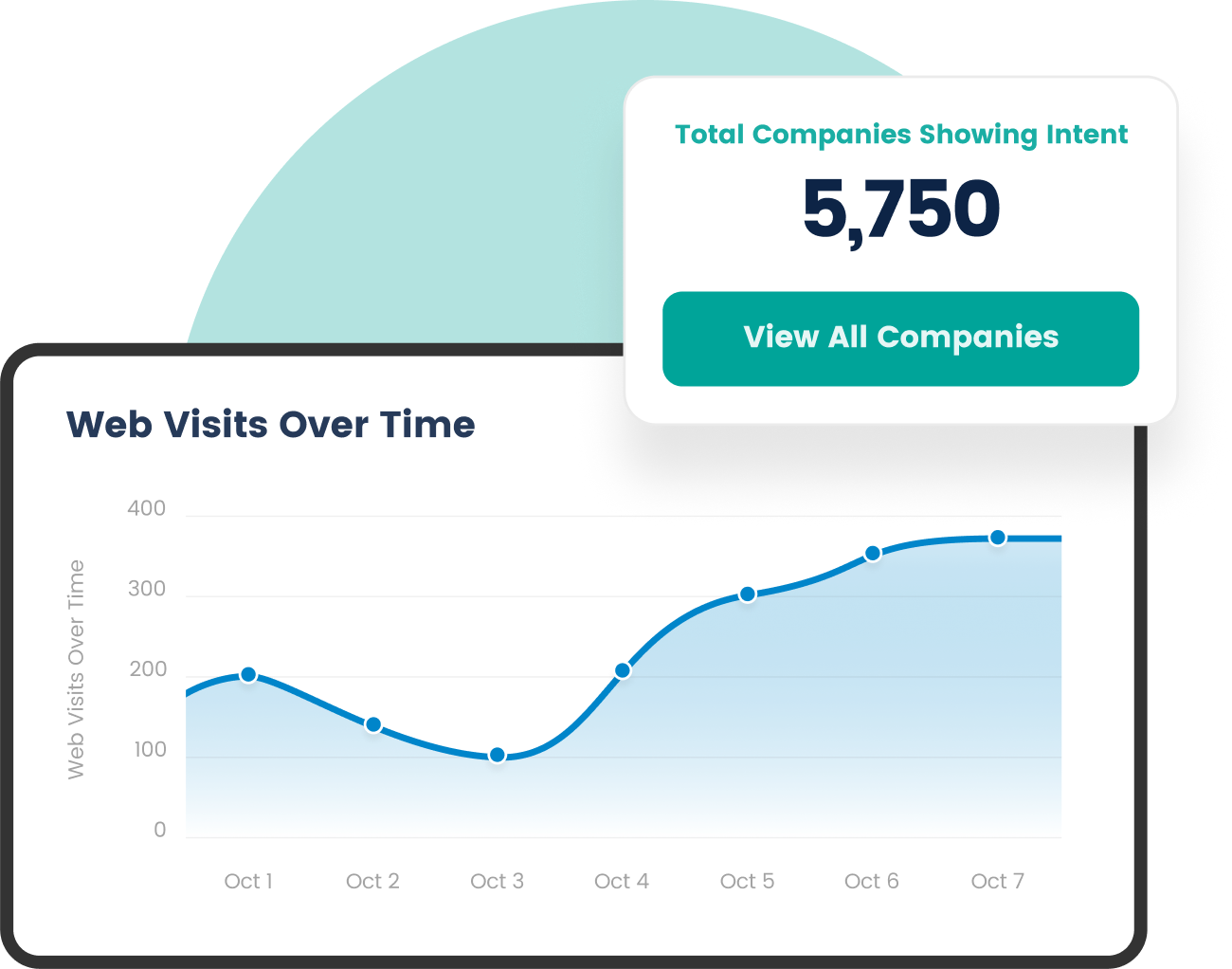
4. Get Smart with Account Research (Without Burning Hours)
You don’t need to spend hours manually researching every company.
Look for insights like:
- Key initiatives or recent strategic moves (e.g. funding, hiring, expansion)
- Department-level goals and pain points
- Tech they already use
- Key stakeholders and their roles
Use tools that automate this (like LinkedIn, website analytics, or Zymplify) to scale fast. Then map your value proposition clearly to each account’s needs.
5. Create a Scalable Account Playbook
Here’s where the rubber meets the road. You need a repeatable system that:
- Warms up the account with targeted ads, relevant content, and subtle touches.
- Activates sales when the account shows engagement or intent.
- Nurtures them if they’re not quite ready, with useful follow-up content and lightly personalised emails.
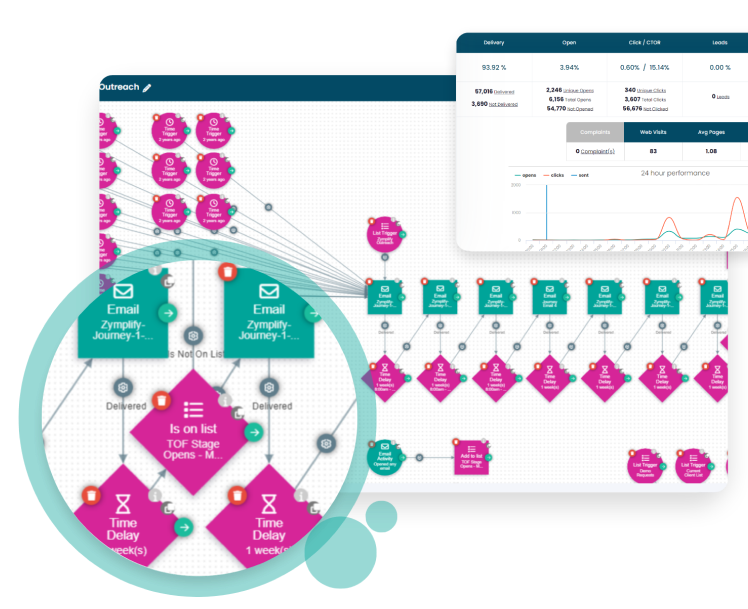
Don’t reinvent the wheel every time. Document templates, cadences, and messaging that work so your team can scale.
Final Thoughts
You don’t need to spend big to win big with ABM. What you do need is a clear ICP, data to guide your decisions, and lean processes to keep things scalable.
The future of ABM isn’t about budget. It’s about precision.
Want help identifying the right accounts and launching campaigns automatically?
👉 Try it FREE and build a leaner, smarter ABM motion.
